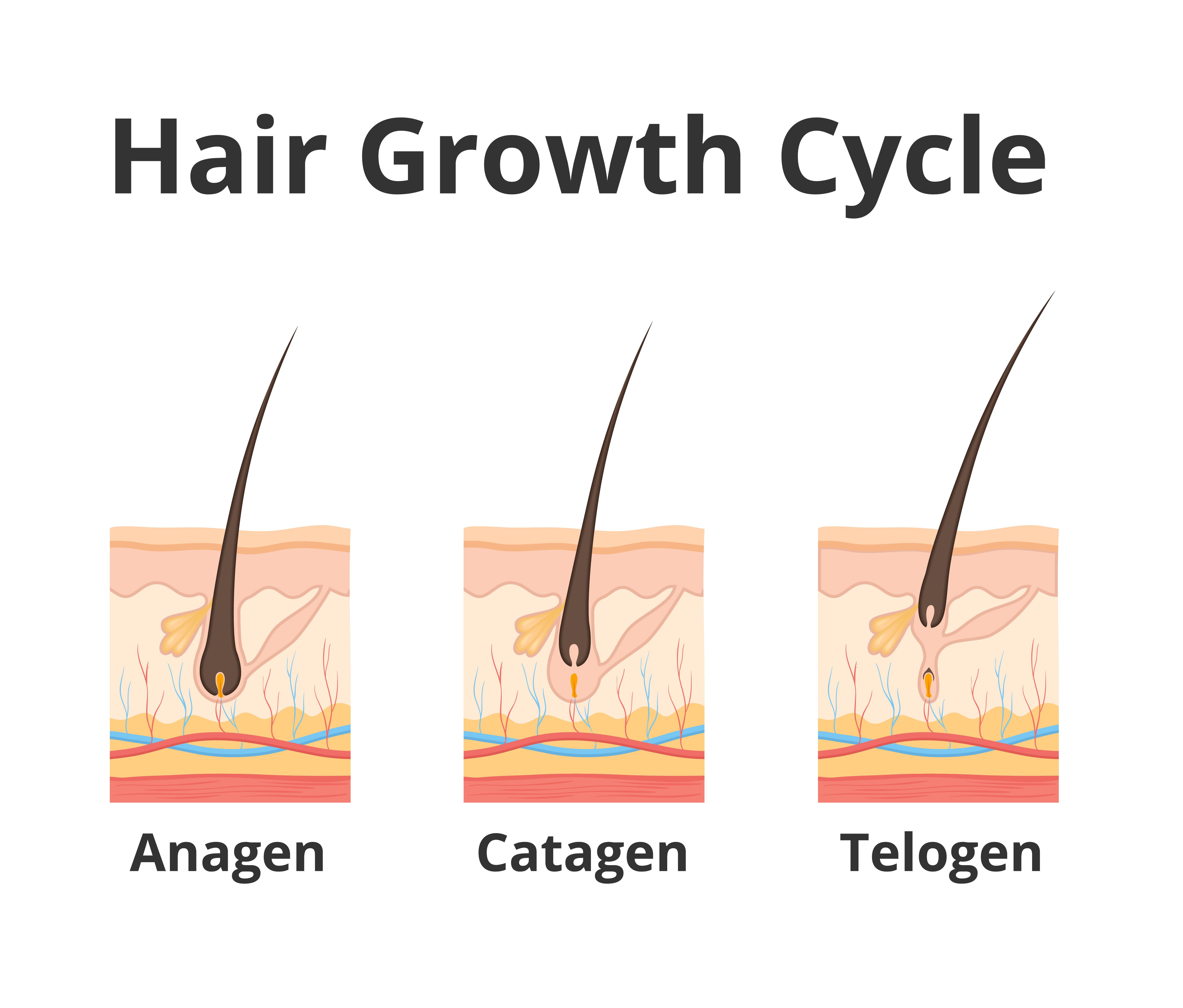- Home
- Trend
- Weight Loss Strategies
- Acne Tips
- Hair Health Information
- Blemish Removal Tips
- Acne Scar Removal Tips
- Muscle Building Techniques
- Intimate Care Tips
- Postpartum Intimate Care
- Eye Bags Wiki
- Tips for Face Slimming
- Secret of Permanent Hair Removal
- Breast Enlargement Tips
- Cure to Snoring
- Marionette Lines
- Skin-Tightening Secrets

免費體驗
S6 Body Sculpting Treatment
1 Minute Self-Registration
Date should not be before minimal date
When it comes to shedding pounds and staying healthy, intermittent fasting has been a buzzword for some time. This method involves switching between eating and fasting periods and offers a more flexible approach to controlling calorie intake. Instead of the traditional caloric restriction diets, intermittent fasting keeps things simple yet organised in reaching weight loss targets. However, for those who never think of including this into their weight loss journey, should you start it now? Find out by reading on.
1
For Those Who Does Not Know How Intermittent Fasting Works

What's the health benefits behind intermittent fasting for weight loss?
2
How Different is Intermittent Fasting Compared to Other Lose Weight Methods

1. Meal Timing vs. Calorie Counting
2. Flexibility and Structure
3. Metabolic Benefits
4. Focus on Fat Loss vs. Muscle Preservation
5. Potential for Sustainability
3
Should I Do it In 2025? Concerns and Misconceptions about Intermittent Fasting

Side Effects of Intermittent Fasting Done Incorrectly
4
The Talk about Including Other Treatments to Complement Intermittent Fasting

Lose a few more kgs outside of your fasting period!

免費體驗
S6 Body Sculpting Treatment
1 Minute Self-Registration
Date should not be before minimal date
5
Looking Ahead


免費體驗
S6 Body Sculpting Treatment
1 Minute Self-Registration
Date should not be before minimal date
FAQ

1. How does intermittent fasting contribute to weight loss?
Intermittent fasting operates on the principle of creating a specific eating window, during which people consume their meals, followed by a fasting period. This structured approach helps to regulate appetite and reduce overall calorie intake, leading to a calorie deficit, which is crucial for weight loss. Moreover, during the fasting period, the body switches to burning stored fat for energy, thereby promoting fat loss.
2. Can intermittent fasting help lower blood pressure?
Intermittent fasting has emerged as a potential contributor to improved cardiovascular health, with studies suggesting its efficacy in reducing blood pressure levels. This positive impact on blood pressure is often attributed to the combination of intermittent fasting with other lifestyle modifications, such as following a balanced diet and engaging in regular physical activity.
3. What is the significance of the eating window in intermittent fasting?
The eating window plays a crucial role in intermittent fasting as it dictates the timeframe within which people consume their meals. By restricting food intake to a specific window of time, such as 8 hours out of the day, intermittent fasting helps to regulate hunger hormones, such as ghrelin and leptin, thereby controlling appetite. This structured approach not only aids in calorie control but also optimises the body's metabolic processes, promoting efficient energy utilisation and fat burning. Additionally, by establishing a consistent eating pattern, the eating window enhances adherence to the intermittent fasting regimen, making it easier to achieve weight loss and other health goals.
4. How effective is alternate day fasting for weight loss?
Alternate day fasting involves alternating between fasting days, where people consume minimal calories or fast entirely, and regular eating days. Research indicates that alternate day fasting can be highly effective for weight loss, with studies demonstrating significant reductions in body weight and improvements in metabolic health markers. By creating a substantial calorie deficit on fasting days and allowing for regular eating on non-fasting days, this approach promotes fat loss while minimising muscle loss. Additionally, alternate day fasting may lead to favourable changes in appetite regulation and metabolic rate, further enhancing its efficacy as a weight loss strategy.
5. Are healthy fats important during intermittent fasting?
Yes, incorporating healthy fats into meals during eating windows is essential for supporting overall health and optimising the benefits of intermittent fasting. Healthy fats, such as those found in avocados, nuts, seeds, and olive oil, provide essential nutrients, including omega-3 fatty acids and vitamin E, which are vital for various physiological functions. Moreover, healthy fats help promote satiety and stabilise blood sugar levels, preventing energy dips and cravings during the fasting period.








